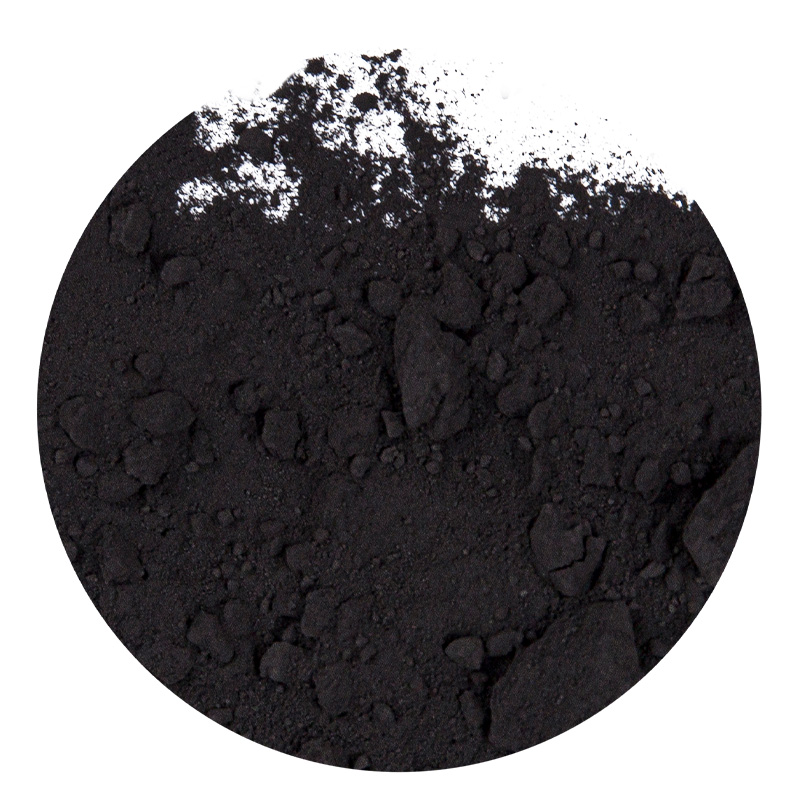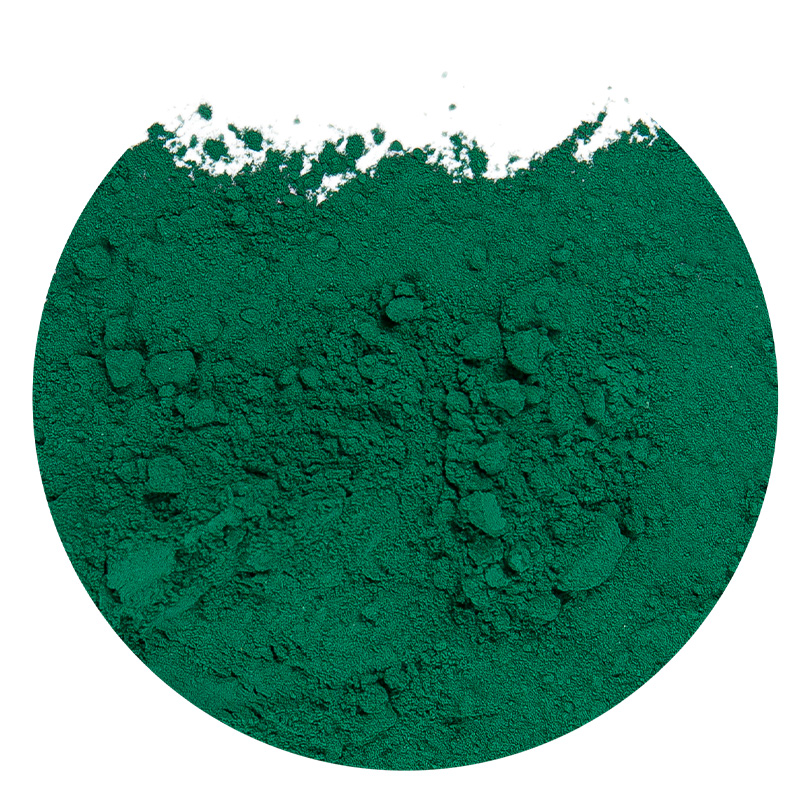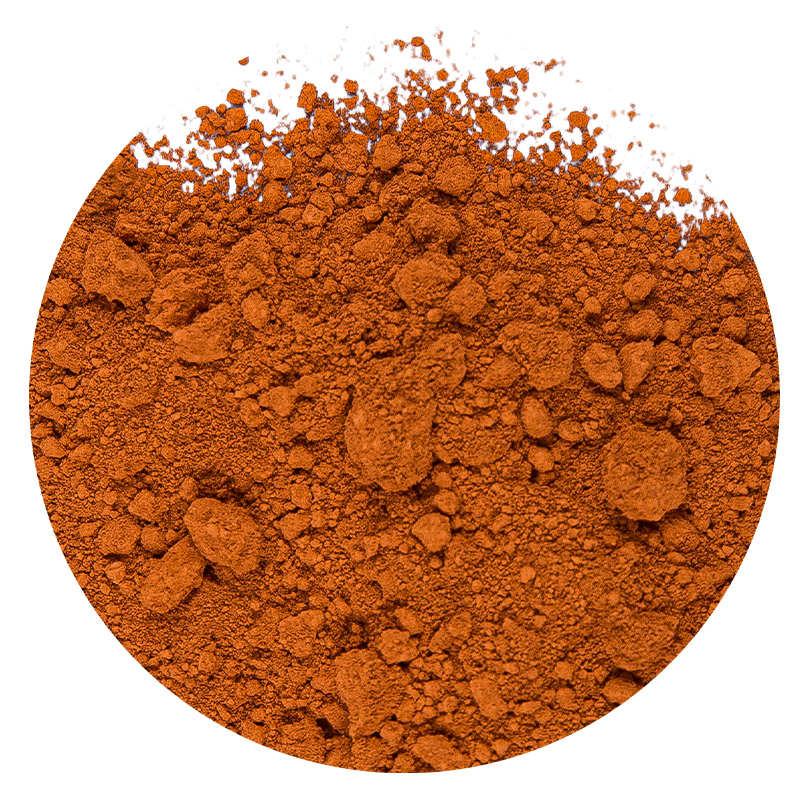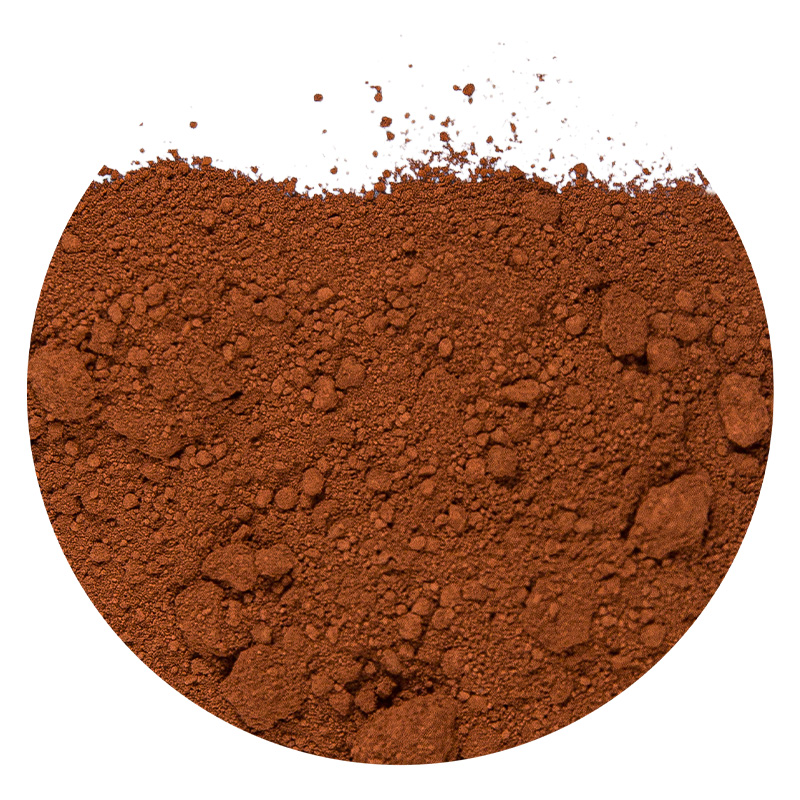Coloring and Property Control of Iron Oxide Powders in Ceramics/Glass
- 1 Fundamental Properties of Iron Oxide Powders for Ceramic/Glass Applications
- 2 Color Mechanism and Spectrum of Iron Oxide in Vitreous Matrices
- 3 Comparative Analysis of Iron Oxide Types for Ceramic Coloring
- 4 Processing Parameters Affecting Iron Oxide Color Development
- 5 Technical Approaches for Property Enhancement in Iron Oxide Applications
- 6 FAQ
- 6.1 What factors affect the color consistency of iron oxide in ceramic glazes?
- 6.2 How does iron oxide concentration affect glass properties beyond color?
- 6.3 What are the differences between natural and synthetic iron oxide powders?
- 6.4 Can iron oxide powders be used in lead-free glaze formulations?
- 6.5 What safety considerations apply when handling iron oxide powders?
Iron oxide powder serves as one of the most versatile and reliable inorganic pigments in ceramics and glass manufacturing. From producing vibrant red roof tiles to creating stable amber glass containers, these powders offer excellent tinting strength, weather resistance, and thermal stability. Achieving consistent coloration and desired material properties requires precise control over powder characteristics, processing parameters, and application methods. This comprehensive guide explores how different iron oxide powder types influence final product aesthetics and performance in ceramic and glass applications.
Fundamental Properties of Iron Oxide Powders for Ceramic/Glass Applications
The effectiveness of iron oxide powder in ceramic and glass matrices depends on several intrinsic properties that determine both color development and functional performance. Particle size distribution, crystal structure, and chemical purity significantly influence hue intensity, transparency, and interaction with other glaze components. Understanding these fundamental characteristics enables manufacturers to select the optimal powder type for specific applications, whether for opaque floor tiles or translucent art glass.
- Particle Size and Distribution: Finer particles (below 1μm) create more transparent colors and better dispersion, while coarser particles provide greater opacity and hiding power.
- Crystal Structure Variations: Hematite (α-Fe₂O₃) produces red shades, magnetite (Fe₃O₄) creates black, and goethite (α-FeOOH) yields yellow hues before calcination.
- Chemical Purity and Contaminants: The presence of trace elements like manganese or chromium can shift color tones and affect thermal stability at high firing temperatures.
- Surface Treatment and Modification: Some powders receive surface coatings to improve compatibility with glass matrices or prevent agglomeration in ceramic slips.
- Thermal Stability Range: Different iron oxide forms maintain color stability at varying temperature ranges, critical for matching firing schedules.
Color Mechanism and Spectrum of Iron Oxide in Vitreous Matrices
The coloration mechanism of iron oxide powder in glass and ceramic glazes stems from electronic transitions of iron ions and their interaction with light. In glass applications, iron can exist in both ferrous (Fe²⁺) and ferric (Fe³⁺) states, each producing distinct color effects depending on concentration, furnace atmosphere, and base composition. The resulting color spectrum ranges from green and blue-green in reduced conditions to amber and brown in oxidized environments, offering manufacturers diverse palette options through controlled processing.
- Ferric Ion (Fe³⁺) Contributions: Produces yellow-brown colors in oxidation atmospheres through charge-transfer interactions with surrounding oxygen ions.
- Ferrous Ion (Fe²⁺) Effects: Creates blue-green tints in reduction firing, particularly influential in soda-lime glass containers.
- Iron Concentration Impact: Higher iron oxide powder loading intensifies color but may eventually lead to reduced transparency or crystallite formation.
- Coordination Chemistry: In glass networks, iron ions can occupy both tetrahedral and octahedral sites, affecting both color and structural properties.
- Multi-Phase Color Development: In crystalline glazes, iron can participate in crystal formation, creating distinctive visual effects like iron crystal glazes.
Comparative Analysis of Iron Oxide Types for Ceramic Coloring
Selecting the appropriate iron oxide powder type requires understanding how different compositions perform in ceramic applications. Synthetic powders generally offer superior consistency and purity compared to natural ochers, while specialized micronized grades provide enhanced color development and dispersion. The table below compares key iron oxide types used in ceramic manufacturing:
| Type | Primary Composition | Color Range | Temperature Stability | Best Applications |
| Red Iron Oxide | Fe₂O₃ (Hematite) | Red, brick red | Excellent up to 1250°C | Terracotta, roofing tiles |
| Yellow Iron Oxide | FeOOH (Goethite) | Yellow, buff | Stable to 350°C, converts to red | Low-fire earthenware, stains |
| Black Iron Oxide | Fe₃O₄ (Magnetite) | Black, gray | Good up to 1100°C | Stoneware, architectural ceramics |
| Micronized Grades | Various (ultra-fine) | Brighter versions | Depends on base composition | Precise color matching, engobes |
| Transparent Grades | Fe₂O₃ (thin particles) | Warm translucent tones | Similar to standard grades | Glazes, stained clay bodies |
This comparative analysis helps manufacturers optimize their iron oxide powder selection based on firing conditions, desired color effects, and final application requirements.
Processing Parameters Affecting Iron Oxide Color Development
The final color achieved with iron oxide powder depends significantly on processing conditions throughout manufacturing. Factors such as firing temperature, atmosphere, heating/cooling rates, and raw material interactions collectively determine whether a vibrant red, subtle brown, or distinctive green emerges in the finished product. Mastering these parameters enables consistent reproduction of desired colors across production batches.
- Firing Temperature Profile: Higher temperatures generally darken iron colors, while specific thermal treatments can develop unique crystalline effects.
- Atmosphere Control (Oxidation/Reduction): Oxidation firing produces reds and browns, while reduction conditions create grays, greens, and sometimes metallic lusters.
- Heating and Cooling Rates: Rapid cooling may preserve certain color states that would otherwise transform during slow cooling.
- Base Composition Interactions: The chemistry of clay bodies or glass batches significantly influences final color through chemical reactions with iron compounds.
- Multiple Firing Techniques: Some specialty effects require successive firings with different conditions to develop complex color relationships.
Technical Approaches for Property Enhancement in Iron Oxide Applications
Advanced technical approaches can significantly enhance the performance of iron oxide powder in ceramic and glass products. Through particle engineering, surface modification, and composite formation, manufacturers can achieve improved color consistency, better dispersion, and enhanced functional properties. These approaches address common challenges like specking, poor tinting strength, and thermal instability that can compromise product quality.
- Particle Size Optimization: Controlled milling and classification processes create powders with narrow size distributions for predictable color development.
- Surface Treatment Technologies: Applying specialized coatings improves compatibility with specific matrix materials and reduces tendency for agglomeration.
- Composite Pigment Development: Combining iron oxides with other inorganic compounds creates stable mixed-metal oxides with unique color properties.
- Doping with Trace Elements: Introducing controlled impurities can shift color tones or enhance thermal stability for specific applications.
- Advanced Dispersion Techniques: High-shear mixing and proper additive selection ensure uniform color distribution without defects.
FAQ
What factors affect the color consistency of iron oxide in ceramic glazes?
Color consistency depends on multiple factors including iron oxide powder particle size distribution, milling efficiency in the glaze slip, firing temperature uniformity, and atmospheric conditions throughout the kiln. Even minor variations in these parameters can cause significant color shifts between production batches. Implementing strict raw material specifications and controlled firing schedules helps maintain consistent coloration.
How does iron oxide concentration affect glass properties beyond color?
Beyond coloration, iron oxide powder influences several glass properties including solar radiation absorption, thermal expansion characteristics, and chemical durability. At higher concentrations, iron can act as a flux, modifying melting behavior and viscosity. In container glass, specific iron levels help protect contents from UV radiation while maintaining desired manufacturing characteristics.
What are the differences between natural and synthetic iron oxide powders?
Natural iron oxides, derived from mineral ores, typically contain more impurities and exhibit greater color variation between batches. Synthetic iron oxide powder, produced through controlled chemical processes, offers superior purity, consistent particle size, and more predictable color development. Synthetic grades generally provide better performance in applications requiring precise color matching and reliable properties.
Can iron oxide powders be used in lead-free glaze formulations?
Yes, iron oxide powder performs excellently in lead-free glaze systems, though color outcomes may differ from traditional lead-based formulations. In lead-free glazes, iron tends to produce slightly different hue angles and may require adjustment of concentration or complementary colorants to achieve specific shades. Many contemporary lead-free glaze recipes successfully utilize iron oxides as primary colorants.
What safety considerations apply when handling iron oxide powders?
While iron oxide powder is generally considered non-toxic and environmentally benign, appropriate safety measures should include dust control through ventilation systems, personal protective equipment like respirators during handling, and proper storage to prevent contamination. Manufacturers should verify that powders meet relevant regulatory standards for heavy metal content, particularly for products intended for food contact applications.

 English
English عربى
عربى русский
русский Español
Español









